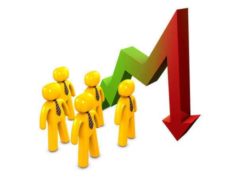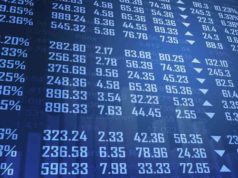
Context can mean everything when using a word. The inflation of a balloon with helium gas is a distinct concept from the economic inflation that may affect an entity much larger than a balloon, potentially a whole country. Lest one suggest this disparity is a result of some corruption of the true meaning of the term, in both cases “inflation” corresponds to its etymological root.
The word, derived from the Latin, invokes images of “puffing out” and expansion. With economic inflation, the link may not be immediately clear, especially if we are so literal with this classical definition. In a metaphorical sense, though, inflation does relate to a swelling, so to speak, of a particularly important aspect of a given economy. For more on this, let us explore the notion of economic inflation and what it can mean for the American people:
In simple terms, inflation is the increase of the price of consumer goods over a specified period of time. Theoretically, the intervals between periods by which economic inflation can be assessed may be infinitely small or large, but for practical purposes its effects are usually calculated by the month or year. Thus, by virtue of the nature of measuring inflation, the price level at any one point in time is virtually useless without relation of this figure to one or more dates in the past. Usually, this positive change is measured in percentage points.
The potential long-term effects of economic inflation are many and may be complex enough that they go unseen by many average Americans. In the most direct way possible, though, the rate of inflation is fundamentally tied and inversely proportional to the spending power of the everyday consumer. As economic inflation is responsible for raising the cost of products, this mathematically amounts to the dollar being able to buy less than it could last month/year. As trends in market values and retail prices continue to go up, so will the weight of the nation’s currency worsen.
At its worst, inflation may reach a state that has seen little precedence in even world history, but nonetheless has occurred in the past and remains a technical possibility in our future. This phenomenon is known as hyperinflation and is manifested when economic inflation ensues to the point that the worth of state-issued money is virtually null. Hyperinflation is marked by a profound inequality between the abundance of printed currency and the dearth of valuable goods and services, and with the relative uselessness of domestic forms of exchange, countries may resort to extreme temporary solutions such as the adoption of foreign currencies.
















